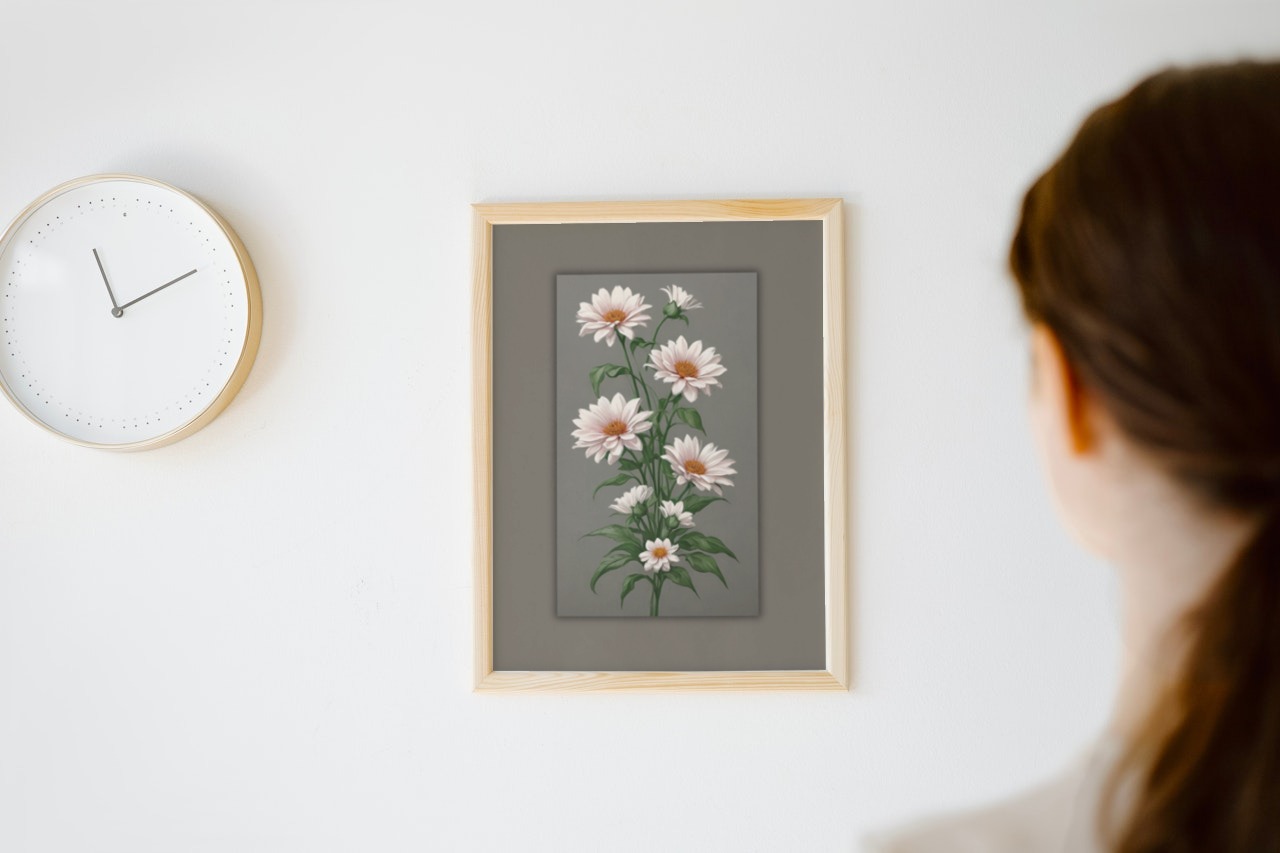Introduction
In the digital age, technology has revolutionized the world of art, opening up new horizons and possibilities for creative expression. Digital painting, in particular, has gained immense popularity as a medium that merges traditional artistic techniques with digital tools. Additionally, the rise of wall art has transformed blank walls into captivating canvases, allowing artists to bring their digital creations into physical spaces. In this blog, we will delve into the fascinating realm of digital painting and wall art, exploring their unique characteristics, advantages, and the impact they have on the art world. Don't forget to checkout our online e-commerce store.
Digital Painting: Unleashing Creative Freedom
Digital painting refers to the creation of artwork using digital tools and software. By utilizing software applications such as Adobe Photoshop, Corel Painter, or Procreate, artists can simulate traditional art mediums like oil, watercolor, or charcoal on a digital canvas. Here are some key aspects of digital painting:
1. Versatility and Flexibility: Digital painting offers artists unparalleled versatility. They can experiment with various brushes, textures, and effects, without the constraints of physical mediums. Artists can easily switch between different styles, colors, and layers, exploring endless possibilities and pushing the boundaries of their creativity.
2. Undo and Edit: One of the significant advantages of digital painting is the ability to undo or modify artwork without damaging the original piece. Artists can experiment fearlessly, refine their work, and make precise adjustments to achieve the desired result. This flexibility enhances the artistic process and encourages exploration.
3. Efficiency and Organization: Digital painting streamlines the artistic workflow. Artists can save time by using digital tools for tasks like color mixing, layer management, and quick experimentation. The ability to work in layers allows for non-destructive editing and easy adjustments, ensuring a structured and organized workflow.
4. Accessible for All: Digital painting has democratized art and made it accessible to a broader audience. Artists can create digital artwork using a tablet, stylus, or even a smartphone. This accessibility has sparked a new wave of creativity, allowing aspiring artists to explore their talents and share their work more easily.
Wall Art: Transforming Spaces into Galleries
Wall art involves the creation and display of artwork directly on walls or other large surfaces. It encompasses murals, graffiti, decals, and prints. Here are some aspects that make wall art captivating:
1. Making a Statement: Wall art has the power to transform ordinary spaces into captivating environments. Artists can use large-scale visuals, vibrant colors, and intricate designs to make a bold statement and evoke emotions. Wall art has the ability to engage viewers and create a sense of wonder and inspiration.
2. Customization and Personalization: Wall art allows for customization and personalization of spaces. From homes to offices, businesses, and public spaces, wall art provides an opportunity to reflect individuality, brand identity, or cultural significance. Artists can create bespoke pieces that resonate with the intended audience and enhance the atmosphere of the space.
3. Community Engagement: Wall art often engages the community, fostering a sense of connection and pride. Public murals and street art can become landmarks, drawing locals and tourists alike. Wall art has the potential to spark conversations, promote social awareness, and beautify public spaces.
4. Preservation and Durability: Advances in materials and techniques have made wall art more durable and resistant to fading or damage. Modern technologies, such as UV-resistant inks and protective coatings, ensure that wall art remains vibrant and intact for an extended period. This durability allows for long-lasting artistic contributions to the public and private domain.
Conclusion
Digital painting and wall art have revolutionized the art world, offering artists new avenues for creativity and expression. Digital painting provides artists with unparalleled versatility, flexibility, and access to a wide range of digital tools. Wall art transforms spaces into captivating galleries, making statements, engaging communities, and enhancing personalization. The fusion of art and technology has opened up endless possibilities, allowing artists to push boundaries, inspire audiences, and leave a lasting impact. As the digital and physical worlds converge, the realms of digital painting and wall art continue to shape the artistic landscape and inspire future generations of artists. Don't forget to checkout our online e-commerce store.




Comments ()